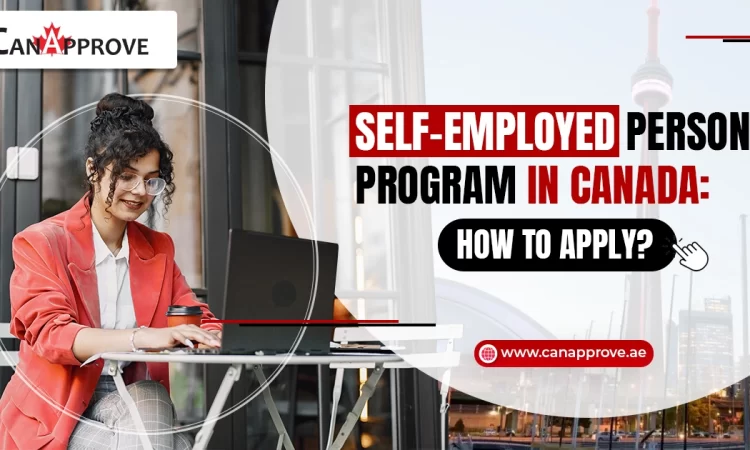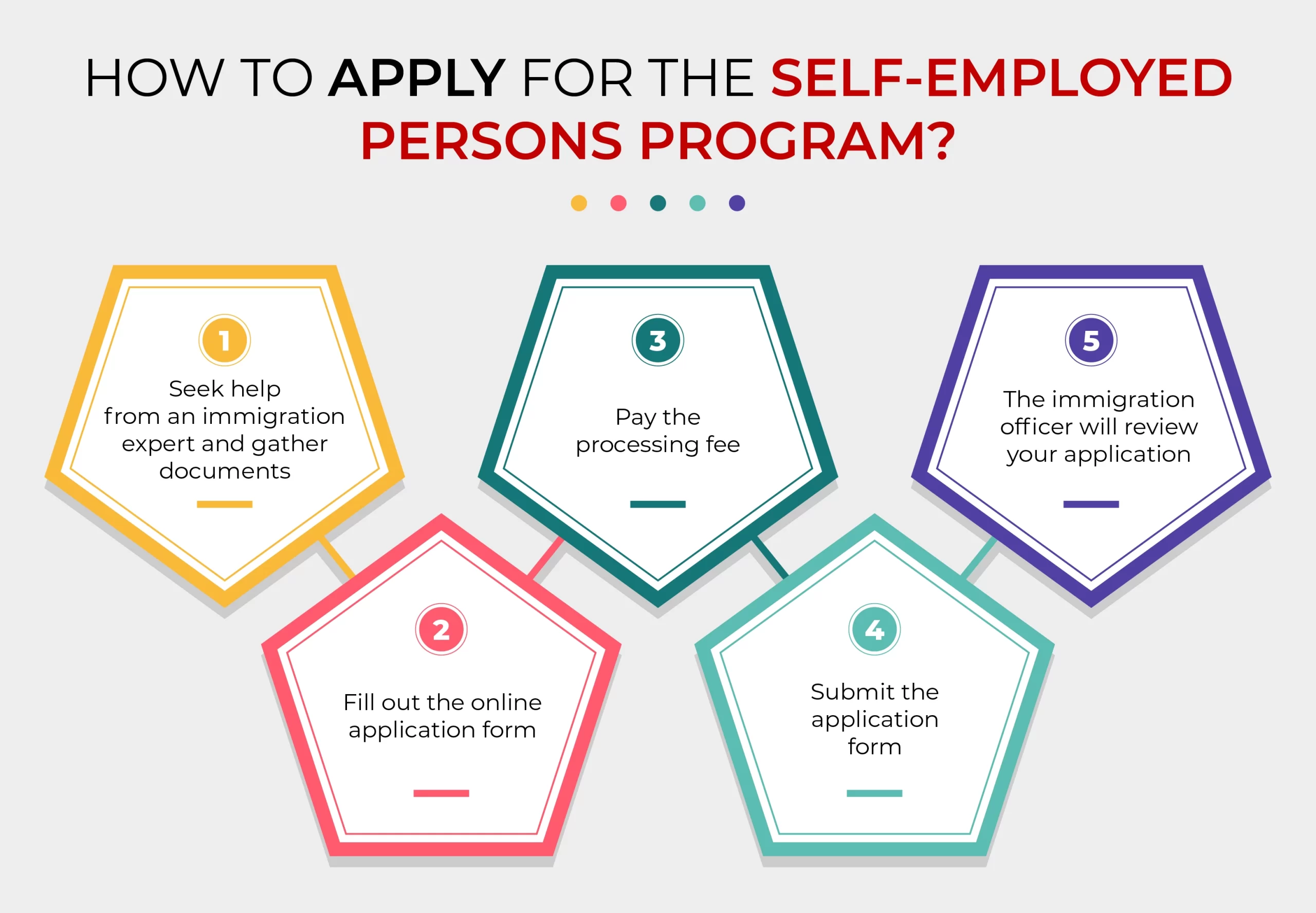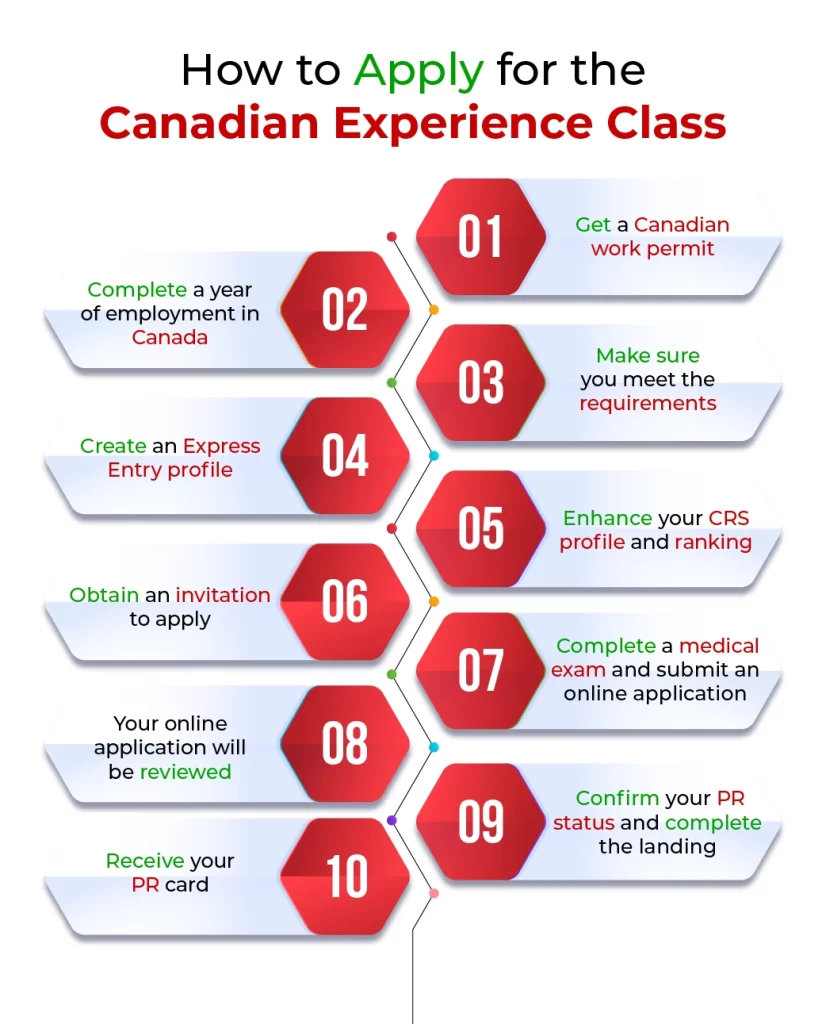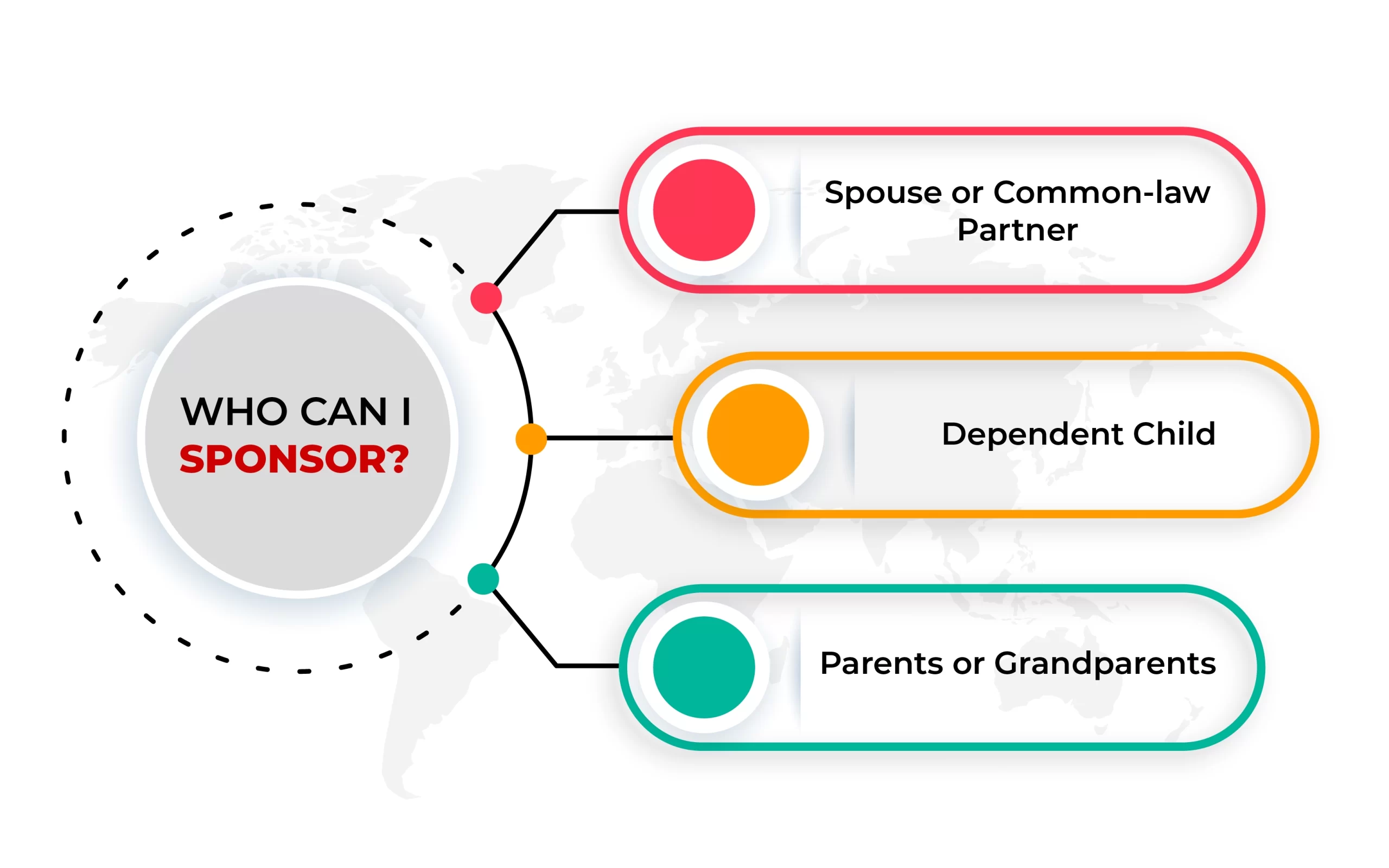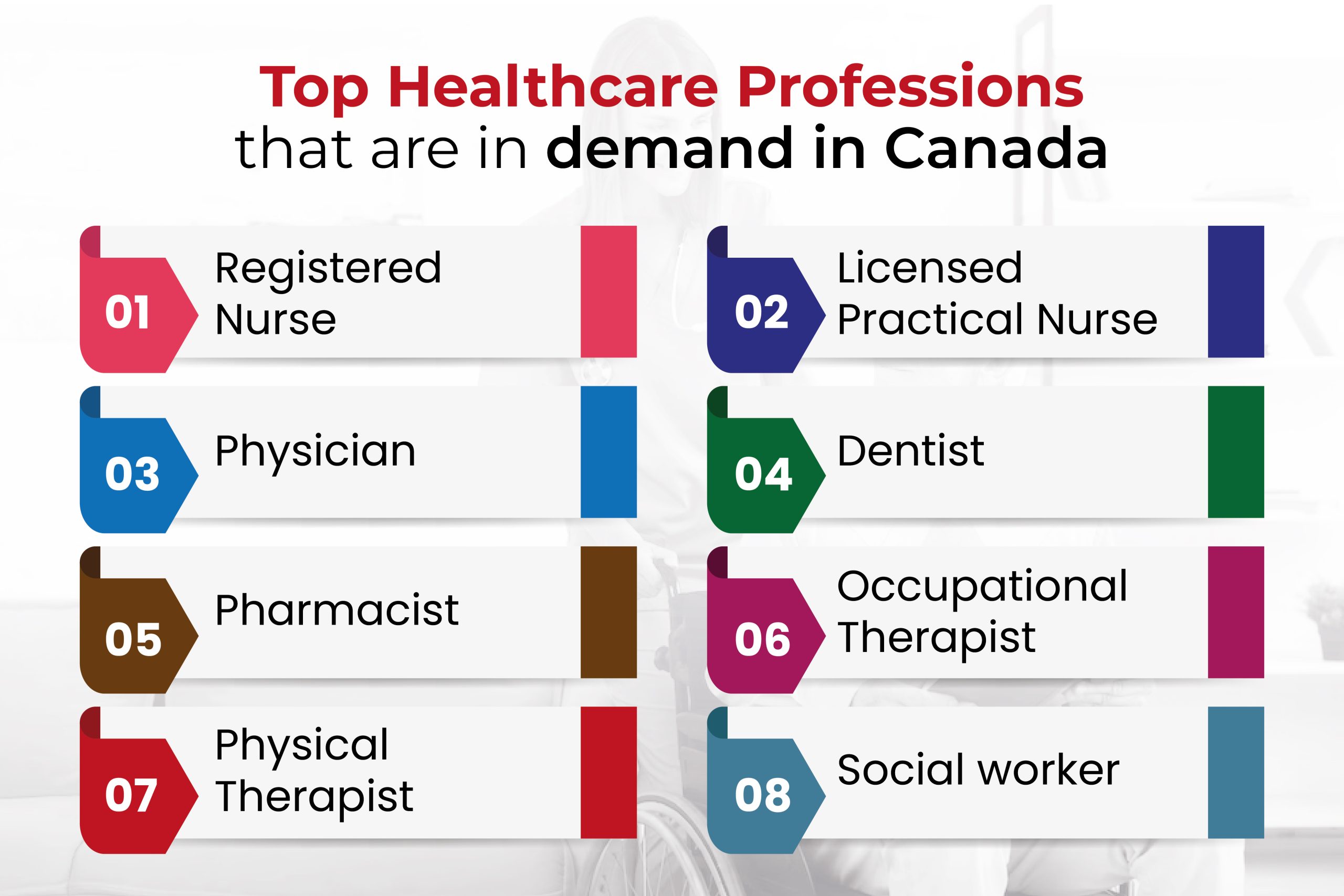Looking for a career in Canada as a creative artist? You will find this blog a valuable piece of information. Here’s all that you should know about the self-employed program for Canada. Give it a thorough read and make a successful career in Canada!
What is the Self-Employed Persons Visa Program?
The Self-Employed visa is one of the visas that fall under the business immigration visa. This visa focuses on pulling in candidates interested in jobs that fall under the cultural, artistic, or athletic domains. These aspirants must prove that, while residing in their nation of origin, they have the necessary and relevant experience in their chosen artistic or athletic field.
The Self-Employed Persons Program has no set minimum net worth requirement. However, self-employed candidates need to show that they are financially sufficient individually, provide for their dependents while residing in Canada, and pay for the jobs that will decide their future.
Eligibility for Self-Employed Persons Program for Canada
To be eligible for assessment, a foreign national must first satisfy the requirements of the Canadian government’s definition of a self-employed person. An individual with relevant experience in a particular cultural or athletic endeavor is a self-employed person.
At least two years of experience working for oneself or participating at a world-class level in sports or cultural events are considered relevant experience, according to Immigration, Refugees, and Citizenship Canada (IRCC).
How do I apply for the Self-Employed Persons Program for Canada?
The following contains a step-by-step process for applying to the self-employed persons program in Canada.
1. Once you meet the eligibility requirements, get advice from an immigration consultant like CanApprove and gather the necessary documents required for filing your visa application. Make sure to clear your medical examinations as proof of medical fitness.
2. Fill out the online application form with the correct information and details, with the consultants’s help.
3. You must pay the processing fee, residency fee, and other fees mentioned in the portal.
4. Attach the required documents you have gathered and submit the application form.
5. After your application form is submitted, the immigration officer will review your application for approval.
Application fees for the Self-Employed Persons Program for Canada
Self-employed Person
| Fee | Price $(CAD) |
| Processing fee ($1625) and right of permanent residence fee ($515) | $2,140.00 |
| Your application (without the right to a permanent residence fee) | $1,625.00 |
| Includes your spouse or partner
Processing fee ($850) and right of permanence residence fee ($515) |
$1,365.00 |
| Includes your spouse or partner (without the right to a permanent residence fee) | $850.00 |
| includes a dependent child | $230.00 |
Biometrics
| Fee | Price $(CAD) |
| Biometrics – per person | $85.00 |
| Biometrics – per family (2 or more people)
The maximum fee for a family of two or more people |
$170.00 |
Processing time for the Self-Employed Persons Program for Canada
The processing of a self-employed visa application takes an average of 24 months. However, how long it takes IRCC to complete the same task determines how long the processing will take overall. It is important to remember that this procedure may require some candidates to provide their biometrics.
Wrap-Up
The occupations that come under the self-employed Canada immigration occupation list are archivists, musicians and singers, athletes and coaches, actors and comedians, conservators and curators, art and cultural occupations, library and public archive technicians, film and video camera operators, dancers, journalists, editors, authors, creative designers, craftspeople, and creative and performing artists.
If you want to apply for the self-employed person program in Canada, CanApprove is at your service. We are sure to assist you right from filling out your application until you become a permanent resident of Canada. If you’d like to know more, talk to our experts at CanApprove; we’d love to hear from you!
FAQs
1. How can I qualify to immigrate to Canada as a self-employed person?
To qualify as a self-employed individual, you must have a minimum of two years of experience in a relevant field of work.
2. What are some occupations from the Self-employed Canada immigration occupation list?
Archivists, musicians and singers, athletes and coaches, actors and comedians, conservators and curators, art and cultural occupations, library and public archive technicians, film and video camera operators, dancers, journalists, editors, authors, creative designers, craftspeople, and creative and performing artists are the occupations that come under the self-employed Canada immigration occupation list.
3. Can I be self-employed in Canada with PR?
You can be a permanent resident as a self-employed person in Canada with the Self-Employed Persons visa program. This visa allows people to fly to Canada and become permanent residents as self-employed individuals.
